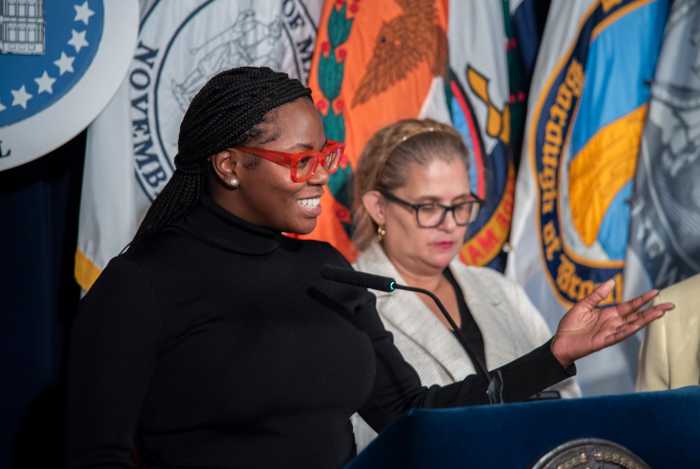For many of us, Halloween can be a ghostly good time. Candy, costumes and frights in the night can be a lot of fun. Unfortunately, our pets don’t necessarily agree. For them it can be a stressful night that causes anxiety.
North Shore Animal League America would like to offer some Halloween safety tips so pet lovers can enjoy their trick-or-treating and keep their animals safe. Dr. Mark Verdino, Animal League America Vice President and Chief of Veterinary Staff, suggests following these guidelines:
No treats for your animals. Candy, candy wrappers and decorations should be kept out of a pet’s reach. Chocolate can be toxic, and many sugar-free candies, gum and baked products contain Xylitol, a sweetener that is toxic to dogs. Tinfoil, cellophane and plastic candy wrappers can also be hazardous if swallowed. If you suspect that a pet has ingested Xylitol, call a veterinarian immediately.
Pumpkins are for people, not pets. Pumpkins are considered to be relatively non-toxic, but they can produce upset stomachs. If your pumpkin is lit, keep it out of your pet’s reach. Pets can knock over pumpkins, and curious kittens and pups run the risk of being burned.
Make sure your pets have on identification at all times. With that front door continuously opening and closing for trick-or-treaters, there is a chance they could run out – especially if they’re spooked. If for any reason your cat or dog does escape when the door is open, proper identification increases the chance of him/her returning to you.
Give your pets a quiet, safe place on Halloween. Scary parties, constant doorbell ringing or too many strangers in your home can be stressful to your four-legged friends and even make them physically ill.
Keep all electrical cords and wires out of your pet’s reach. Halloween decorations are a great way to celebrate the holiday but can be harmful and even deadly to your pets should they chew on or ingest them.
Costumes are fun for people, but not necessarily for your pets. Don’t dress up your pet unless you know they enjoy it. Make sure the costume isn’t annoying or unsafe, and doesn’t restrict movement, vision, hearing or ability to breathe or bark. Avoid costumes with small or dangling accessories that the pet could chew off and possibly choke on. Make sure that costumed pets are supervised at all times. If costumes are not your pet’s favorite attire, a festive bandana can usually do the trick!
It’s never a good idea to take your pet trick-or-treating. Dogs may become excited and uncontrollable, and if frightened may bite. For their protection, cats should be kept indoors at all times.
To learn more about keeping your pets safe and healthy at all times, visit www.animalleague.org.




































